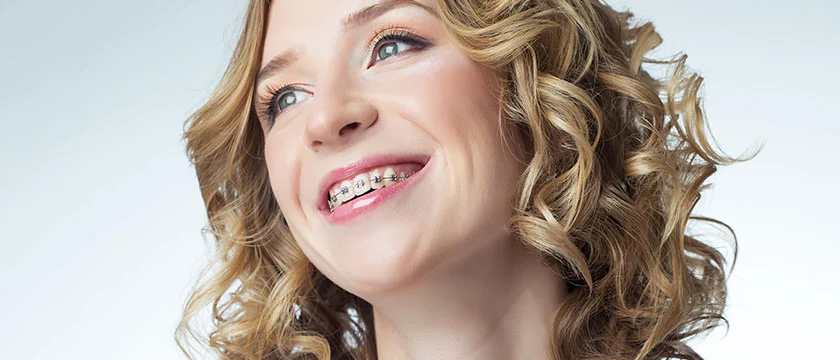Today’s standards place a lot of emphasis on a straight and healthy smile and, even though there are a lot of people wearing braces, not everyone understands the high pressure system that makes them work – until they have been fitted in your mouth. Let’s have a look at how do braces work, why you would need them and what you could expect from treatment.
Who Is A Candidate For Braces?
Today adults, children and teenagers who need to straighten their teeth and re-align their jaws can wear braces with confidence. Straight teeth are important for cosmetic benefits and facial harmony, but they are an important part of good dental hygiene.
Crooked teeth are much more difficult to keep clean and more likely to be susceptible to cavities and decay.
Malocclusion or a bad bite
Straight teeth are necessary for a healthy mouth because if you have malocclusion it can lead to incorrect pressure being placed on your teeth, which may result in your teeth breaking or chipping. Over time it could also cause pain and discomfort in your jaw and erosion of your other teeth.
A healthy smile and straight teeth will minimise complications such as tooth weaknesses and jaw problems later on in life.
Straightening teeth
Braces are highly effective at correcting teeth that are not straight. Teeth that are crooked can cause dental complications by compounding dental decay, affect your speech. Crooked teeth can be caused by genetics, injury, infection or trauma to the mouth.
So … how do braces work at combatting this?
In simple terms wearing braces can align your jaws and teeth and straighten crooked teeth.
Typically braces work by applying pressure to the teeth, to move them into the correct position over the course of a few years. There are a number of different parts to the equipment, that ensures your dental appliances work effectively.
How Do The Parts Work Together To Straighten Teeth?
Brackets are placed onto the exterior of each tooth. The brackets will be responsible for holding the arch wire that will move your teeth into position.
The arch wire is responsible for guiding the teeth’s movement into their new positions. Your dentist will inspect your appliances regularly, and make any necessary adjustments so that your teeth continue to move into the correct position over the course of your treatment.

The orthodontic bands are wrapped around selected teeth to create a foundation for the brackets and arch wires. Bands are not used in all braces; some patients will have brackets and no bands.
Some people may also require spacers to be placed in their mouths. The spacers are used to create spaces between the teeth so that the bands can be slotted in.
Ligatures are the bands that are used to attach the arch wire to your brackets. These can be tooth-coloured or clear. Elastic rubber bands are used to connect your lower and upper jaws. They apply pressure to the teeth to assist you in achieving a healthy bite and a comfortable fit.

How Long Can You Expect To Wear Them For
Your dentist will discuss the length of time you can expect to wear your braces for. Most people average between 18 and 36 months for a full treatment. This will not include a few extra months of wearing a retainer, either for a few hours a day or overnight. This is to ensure that your teeth do not slip back into the incorrect position following your treatment.
While it may not be the most exciting process to experience it is essential that you follow your dental practitioner’s advice and practice good dental hygiene to avoid cavities and decay while wearing your braces.
To find out more about how do braces work and what kind of treatment you need, please contact our friendly team today: (02) 9398 9398



